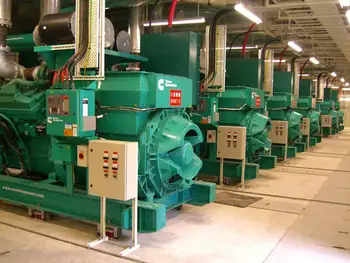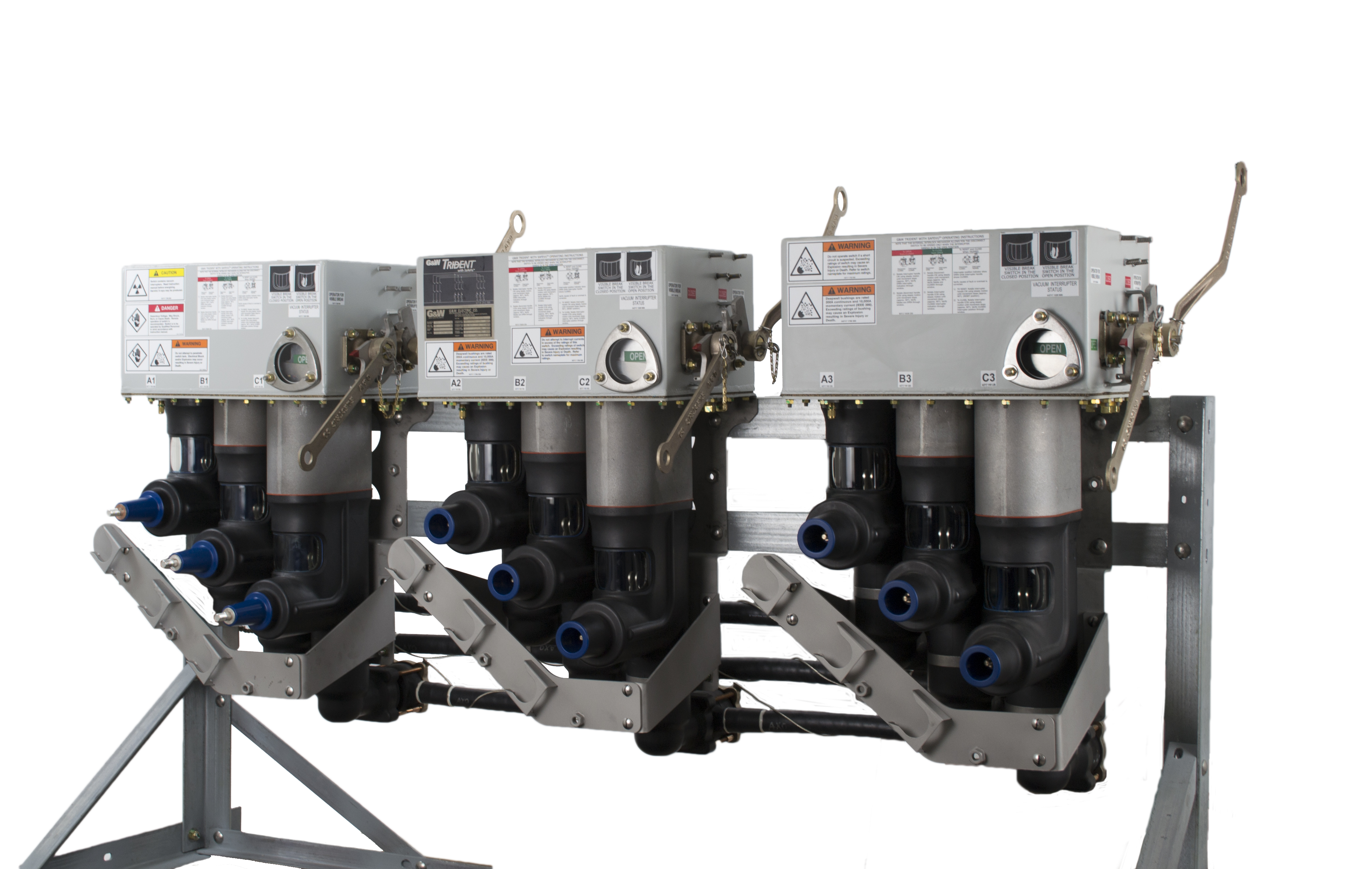UPS Risks - Surge Protection For Critical Loads
By Jim Hall, Protection Technology

Emergency Generators & Standby Power Systems
Our customized live online or in‑person group training can be delivered to your staff at your location.

- Live Online
- 12 hours Instructor-led
- Group Training Available
Download Our NFPA 70E Fact Sheet – 2024 Electrical Safety Edition

- Understand how NFPA 70E works with NEC and NFPA 70B standards
- Clarify the shared responsibility between employers and employees
- Learn how NFPA 70E supports OSHA compliance
UPS risks include battery failure, overload, harmonics, thermal stress, poor grounding, EMI/RFI, and inadequate maintenance, leading to downtime, reduced power quality, inefficiency, and safety hazards in critical electrical systems operations.
What Are UPS Risks?
UPS risks are failure modes like battery faults, overload, harmonics, and EMI that degrade reliability and safety.
✅ Thermal runaway and VRLA battery degradation reduce runtime.
✅ Overload and inrush cause breaker trips, bypass transfer.
✅ Poor grounding and harmonics increase EMI, heating, failures.
The use of computers and other electronic systems has skyrocketed, and with it, so has the need to protect these systems from damage and service interruptions. Uninterruptible and stand-by power systems were created to fill the gap when sudden power disturbances threaten the operation of electronic equipment. However, there is a general is conception that UPS systems offer adequate protection against all major power disturbance problems including outages, noise, line regulation and voltage transients. For a clear overview of components and functions, this guide to what a UPS system is explains the basics in plain terms.
Unfortunately, UPS systems often do not adequately protect against voltage transients. Using a UPS system as the sole source of protection from power problems will leave computers and other electronics vulnerable to several distinct risks. Three key equipment risks to consider when evaluating UPS or stand-by power systems are harmonic distortion, the volume of bypass mode switching, and transient surges. To understand where protections begin and end, an uninterruptible power supply primer outlines typical capabilities and limitations.
HOW UPS AND STAND-BY SYSTEMS WORK
In a UPS system, alternate current (AC) utility voltage is converted to direct current (DC) voltage through the rectifier circuit in the converter section to charge the battery and supply the inverter. The inverter changes the DC voltage back to 60—cycle AC power to feed the attached equipment. When the utility AC voltage has failed or falls outside a preset electrical tolerance, the battery alone supplies DC voltage to the inverter section until the utility AC voltage is restored or the battery runs down. For a deeper dive into conversion stages and battery roles, an UPS power supply overview details common topologies and functions.
Sign Up for Electricity Forum’s Generators/UPS Newsletter
Stay informed with our FREE Generators/UPS Newsletter — get the latest news, breakthrough technologies, and expert insights, delivered straight to your inbox.
A stand-by power supply consists of the same basic components as a UPS with a rectifier circuit maintaining a charge on a battery. The key difference is that a stand-by system operates primarily in the bypass mode, meaning the raw utility AC voltage passes directly through the system to the equipment load unless the utility voltage fails or runs outside set limits. When this happens, a transfer switch shifts the load to an inverter, changing battery power to AC until utility power is restored or the battery drains. Because the utility AC power must be outside preset limits before the equipment load is switched to the inverted battery power, this transfer can result in as much as a full cycle of voltage dropout. For context on alternative architectures and transfer characteristics, this UPS system overview contrasts stand-by, line-interactive, and double-conversion designs.
HARMONIC DISTORTION RISKS
Depending upon the type of power supply used, harmonic distortion can heavily impact computer system operations. In the past, linear power supplies were often used, but switch mode power supplies that are much more susceptible to operational upset from harmonic distortion have all but replaced these linear systems. We tested a number of UPS systems for harmonic distortion and found that, even under no-load conditions, their harmonic distortion exceeded the standard three per cent limit. When we subjected these UPS systems to tests including linear and complex loads, their harmonic distortion increased dramatically. Some modern solutions address THD with improved PFC stages and filtering, and this high-efficiency UPS guide discusses design approaches and trade-offs.
BYPASS SWITCHING RISKS
Our tests on UPS systems also uncovered a higher than expected volume of switches to the bypass line, including instances when the test load was less than the unit’s load rating. This bypass switching can allow raw utility power and transient voltages directly through to the equipment load more often than expected. Of course, stand-by systems operate this way by design, but in both cases, raw power holds the potential to damage the equipment load. Properly sizing equipment per UPS ratings can reduce nuisance bypass events and better protect sensitive loads.
TRANSIENT SURGE RISKS
A power line disturbance engineering study revealed that a mere 0.5 per cent of the power disturbances during the test period was due to outages, only an additional 11 per cent was attributed to over and under voltages. The majority, 88.5 per cent of occurring disturbances, was caused by transient voltage (DV/DT) conditions. When selecting protection, practical UPS selection tips emphasize surge suppression specifications, response times, and coordination with TVSS devices.
From: Power Quality, Grounding & UPS Handbook, Vol 12, The Electricity Forum








